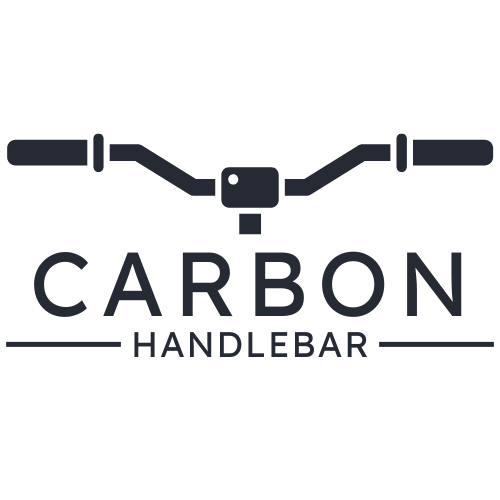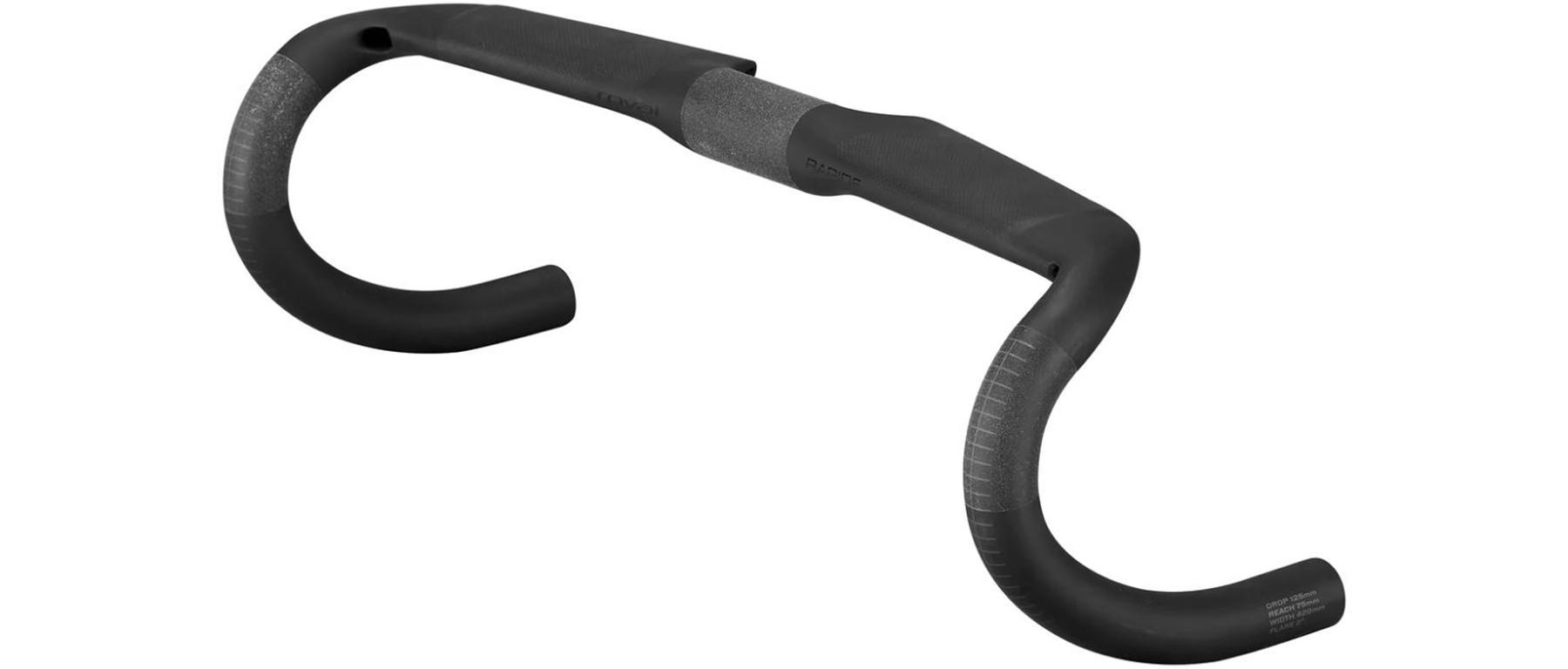Understanding carbon Handlebars
Carbon handlebars have gained popularity among touring cyclists seeking to enhance their bike’s performance and comfort. Made from a composite material, carbon fiber offers several advantages over conventional aluminum handlebars.
Benefits of Carbon Handlebars
Upgrading to carbon handlebars can offer various benefits that resonate with dedicated cyclists, particularly those who spend long hours on the road:
- Weight Reduction: Carbon handlebars are typically lighter than aluminum, reducing overall bike weight and enhancing handling.
- Vibration Damping: Carbon fiber is excellent at absorbing road vibrations,which can lead to a more agreeable ride,especially on rough terrains.
- Customizability: Carbon handlebars come in various shapes and sizes, allowing for personalized fitting to improve ergonomic positioning.
- Aesthetics: Many cyclists appreciate the sleek,modern look of carbon components,which can elevate the visual appeal of a touring bike.
Potential Drawbacks of Carbon Handlebars
Despite their numerous benefits, it’s critically important to consider some potential downsides of carbon handlebars:
- Cost: Carbon handlebars are frequently enough more expensive than their aluminum counterparts, making them a notable investment.
- Durability: While strong,carbon can be more susceptible to damage from impacts and crashes.
- Installation Complexity: Carbon may require specific handling during installation to avoid damage, necessitating professional help in some cases.
Comparative Analysis: carbon vs. Aluminum Handlebars
| Feature | Carbon Handlebars | Aluminum Handlebars |
|---|---|---|
| Weight | Lightweight | Heavier |
| Comfort | High | Moderate |
| Price | High | Low/Mid-range |
| Durability | Impact Sensitive | More Robust |
First-Hand Experiences with carbon Handlebars
Many riders report noticeable differences after switching to carbon handlebars:
“I switched to carbon handlebars for my touring bike,and I’ve never looked back. The reduction in road buzz has made long rides far more enjoyable!” – John, avid touring cyclist
Practical Tips for upgrading to Carbon Handlebars
If you’re considering upgrading to carbon handlebars, here are some valuable tips to ensure a successful transition:
- Research Sizes: make sure to measure your current handlebar size before purchasing to ensure a proper fit.
- Professional Installation: If you’re not comfortable with installation, it’s wise to let a professional handle it. This will help avoid any damage to your new component.
- regular Inspections: Inspect your carbon handlebars regularly for signs of wear or damage to ensure safety on the road.
case Studies: Cyclists Who Upgraded
Consider these real-life case studies from cyclists who enhanced their touring bike experience with carbon handlebars:
- Lisa’s Journey: After switching, Lisa completed a 5,000-mile tour, noting a significant betterment in her wrist comfort and reduction in fatigue.
- Michael’s experience: Michael, a weekend cyclist, found the ride quality to be so improved that he now enjoys longer rides pain-free.
Conclusion on Carbon Handlebars for Touring Bikers
While carbon handlebars represent a considerable investment, the potential advantages—in terms of comfort, weight, and performance—make them an appealing option for touring cyclists. Ultimately, the decision should align with personal preferences, budget considerations, and riding needs.

